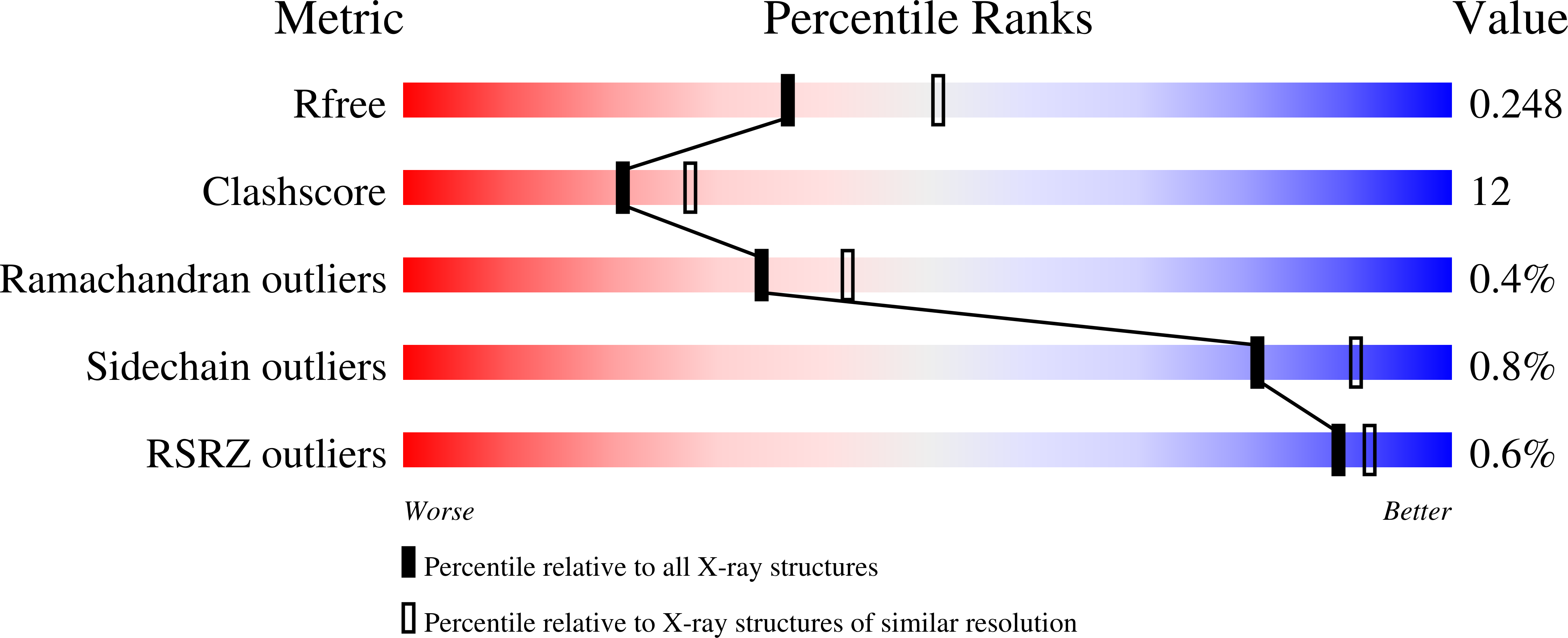
Deposition Date
2023-07-17
Release Date
2023-08-09
Last Version Date
2024-08-28
Entry Detail
PDB ID:
8THM
Keywords:
Title:
Beta carbonic anhydrase from the carboxysome of Cyanobium PCC 7001
Biological Source:
Source Organism:
Cyanobium sp. PCC 7001 (Taxon ID: 180281)
Host Organism:
Method Details:
Experimental Method:
Resolution:
2.30 Å
R-Value Free:
0.24
R-Value Work:
0.19
R-Value Observed:
0.19
Space Group:
P 21 21 21


